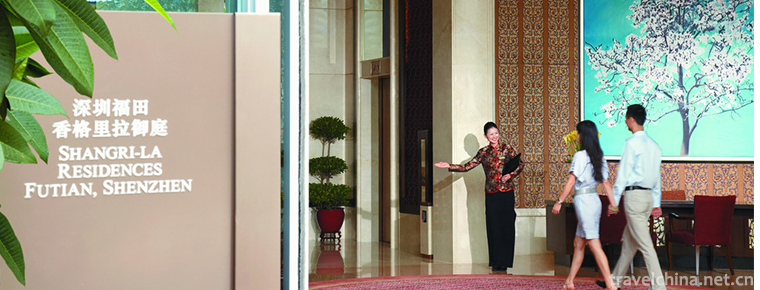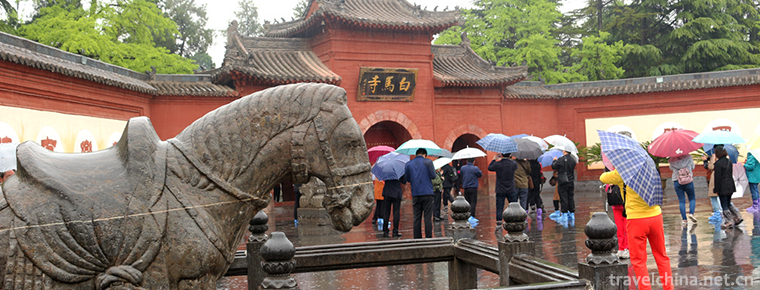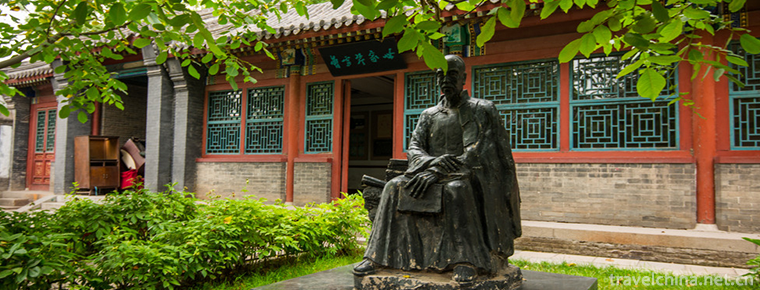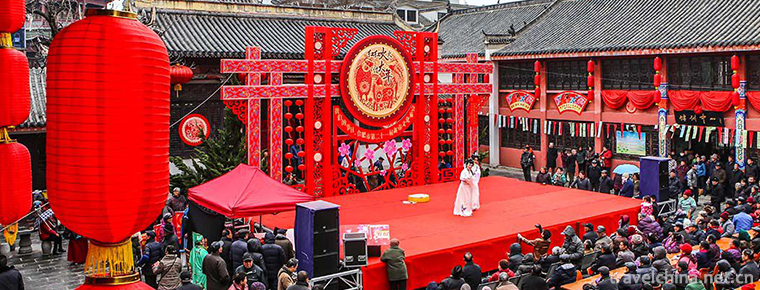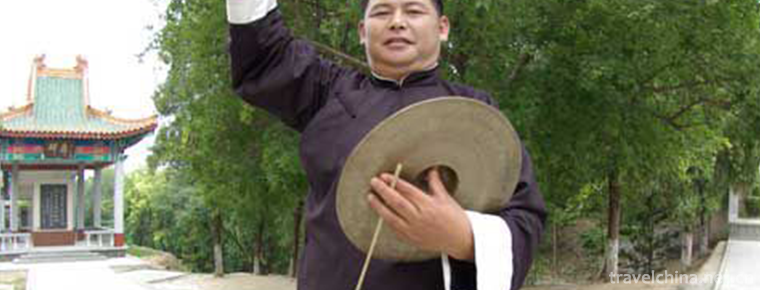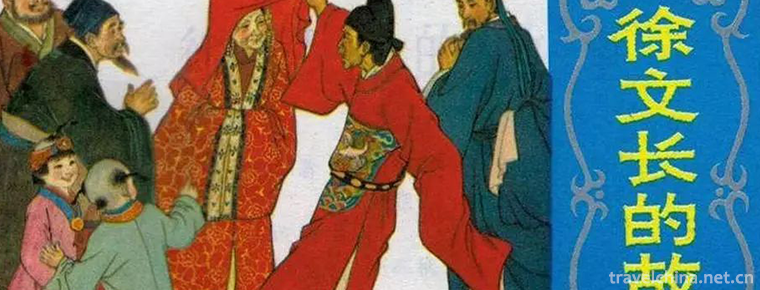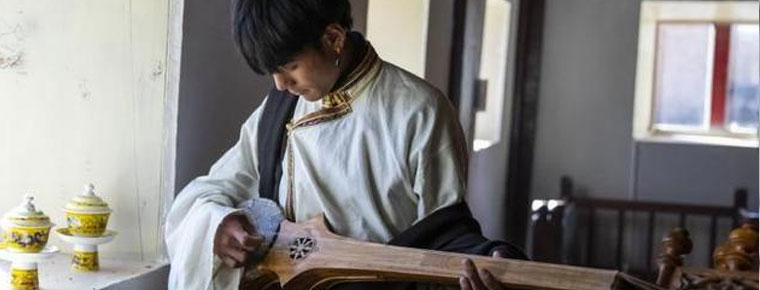Guanyin legend
Guanyin legend
Guanyin legend is one of the ancient local folklores in Zhoushan, Zhejiang Province. It is one of the second batch of national intangible cultural heritage list published by the State Council. The goodness of Guanyin's great compassion and the virtue of saving suffering and rescuing sufferings have been widely believed in among the Chinese people, and have been spread to Japan and Southeast Asian countries for a long time. With its extensive and profound Guanyin culture and beautiful natural scenery, Putuo Mountain attracts a large number of fragrant tourists every year. These cultural and realistic backgrounds are the solid foundation for the Guanyin legend to be listed in the national intangible cultural heritage list and declared as the world intangible cultural heritage.
On June 7, 2008, the legend of Guanyin was approved by the State Council to be included in the second batch of national intangible cultural heritage list.
Historical origin
The popularity of "Guanyin Legend" is closely related to the widespread belief in local Guanyin. As early as in Song Baoqing's Changguo County Chronicle, there was a record of "Meizen Mountain (today's Putuo Mountain) Guanyin Baotuo Temple". Song Qiandao's "Four Mings Tujing" is a record of "Japanese monk Hui-e delivering Guanyin", and the legend of "refusing to go to Guanyin" has been circulating ever since, and has become an important link of cultural exchanges between China and Japan. Sheng Ximing, a monk in the Western Regions of the Yuan Dynasty, wrote "Biography of Putuo Luo Mountain", and also recorded "Good Money 18 Visits from Zi", "Guan Shiyin 32 Appearing Like Sayings" and "Chaoyin Cave of Sanskrit Monks in the Middle Tang Dynasty". The first ten burnt fingers witnessed the myth of Datu Guanshen and so on. Since the Ming and Qing Dynasties, the Records of Mount Putuo have recorded more myths about Guanyin. The twelve-year-edition of the New Records of Putuo Luoga, a monograph on "Spiritual Gates", recorded 68 myths about various kinds of Guanyin. In addition to the ancient records, as early as the Ming and Wanli Dynasties, the book Guanyin Quanzhuan in the South China Sea was circulated among the people, and in the early years of the Republic of China, the script of Guanyin Dedao was handed down among the people. The legendary image of Guanyin is recorded in classical novels such as Journey to the West and Romance of Fengshen. According to Buddhist legend, the nineteenth of February, nineteenth of June and nineteenth of September in the lunar calendar are the birth, monkhood and Taoism of Guanyin Bodhisattva respectively. They are called the three fragrant clubs. Each day has a story. Therefore, for thousands of years, as a great Bodhisattva with boundless Buddhism and Dharma, Guanshi has been widely praised and believed in folk quilts in Zhoushan. Moreover, this kind of eulogizing and believing in oneself goes far beyond the national and national boundaries, and becomes a kind of Guanyin cultural phenomenon of "persuading people to do good and loving peace" which has spread to all parts of the world.
primary coverage
Among the many Bodhisattvas offered by Buddhism, the most familiar and affectionate one is probably the Guan Shiyin Bodhisattva. Guan Shiyin is a free translation of Sanskrit, also known as Guan Shiyin, Guan Zi and Guan Shi Zi. In the Tang Dynasty, Guan Shiyin was slightly called Guan Yin because it avoided the taboo of Taizong Li Shimin. According to Indian legend, Guanyin Bodhisattva was originally the great prince of the Saint King of the Wheel. He practiced with his brother and served Amitabha Buddha, becoming one of the "Three Saints of the West". Guanyin has the virtue of "great kindness and happiness of all living beings, great compassion and suffering of all living beings". It can present thirty-two incarnations and save twelve kinds of great hardships. Since the Sui and Tang Dynasties, the belief in Guanyin has become popular among the people with the prosperity of Buddhism. The image of Guanyin has gradually departed from the Indian legend pattern and replaced it with the Chinese female image.
According to legend, Mount Putuo is the Taoist arena of Guanyin's manifestation theory. On the 19th of February, 19th of June and 19th of September in the lunar calendar, the legendary Birthday, Sunday and Nirvana Day of Guanyin Bodhisattva come thousands of miles away. The legend of Guanyin is also widely spread here.
Inheritance significance
Mount Putuo has a profound Buddhist culture and has become the belief of Guanyin, which has been claimed to be the belief of most of Asia with the Sinicization of Buddhism. As long as there are Chinese people in the world, they all know Guanyin. The vast majority of Buddhists are Guanyin believers. Protecting and excavating Guanyin culture and promoting the positive connotation of Buddhist culture are good carriers for us to inherit historical culture and build a harmonious society. At the same time, they are people's expectations.
Today, when we build a harmonious world, we should give full play to the special role of Guanyin culture and Guanyin belief, which is a cultural treasure, to benefit all living beings. Because Guanyin culture belongs to Mount Putuo, to the Chinese nation, and even to the human civilization of the whole world.
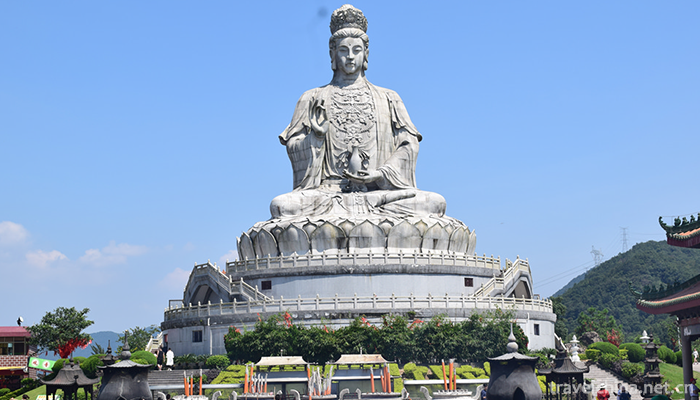

Guanyin legend
-
Futian Shangri La Hotel Shenzhen
The second Shangri-La Hotel Group, Shenzhen Futian Shangri-La Hotel, is located in the downtown area of Futian Business District. It can easily reach Shenzhen Convention and Exhibition Center, large s
Views: 699 Time 2018-12-16 -
White Horse Temple Baima Temple
Baima Temple is located in Baima Temple Town, Luolong District, 12 kilometers east of the old city of Luoyang City, Henan Province. Founded in the eleventh year of Yongping in the Eastern Han Dynasty
Views: 218 Time 2019-01-02 -
Rong Guo Fu
Rongguofu, located in Zhengding County, Shijiazhuang City, Hebei Province, is a group of archaized buildings with the culture of the late Ming and early Qing Dynasties as the background. In 1986
Views: 208 Time 2019-02-07 -
Production Techniques of Bark Cloth of Li Nationality
Li bark cloth production technology is based on the bark of plants as raw materials, after beating technology to produce cloth technology.
Views: 122 Time 2019-05-12 -
temple fair
Temple fair, also known as "temple market" or "festival venue". It is a Chinese folk religion and the custom of the age. It is usually held on the Lunar New Year, the Lantern Festi
Views: 238 Time 2019-06-05 -
Match show
Sai opera is an ancient opera which has been spread in Shanxi, Hebei, Inner Mongolia and Shaanxi. It is a traditional literary form with strong local characteristics of frontier fortress. Sai opera wa
Views: 145 Time 2019-06-12 -
Laozi Shandong Province
Shandong Laozi is a traditional opera art form which spreads in Shandong Province. It evolved from the ancient "lotus flower falls". Laozi instruments are mainly cymbals (commonly known as G
Views: 173 Time 2019-06-13 -
Xu Wenchangs Story
The story of Xu Wenchang takes the history of the middle and late Ming Dynasty as the background. From the legend story of Xu Wenchang's youth, "Taking things from the pole", it has been tol
Views: 161 Time 2019-07-09 -
Jiufeng Mountain Scenic Area
Jiufeng Mountain is located in Dabao Township in the northwest of Pengzhou. It is about 97 kilometers away from Chengdu, with an altitude of more than 3315 meters. It is the crown of Pengzhou mountains, a sacred and mysterious area
Views: 257 Time 2020-11-05 -
Siguniang Mountain Scenic Area
Siguniangshan scenic area, located in Siguniangshan Town, Xiaojin County, Aba Tibetan and Qiang Autonomous Prefecture, Sichuan Province, belongs to Qionglai mountain range of Qinghai Tibet Plateau, 220 km away from Chengdu.
Views: 185 Time 2020-11-06 -
Ding Zhen heaven on earth with fire
This "paradise on earth" with fire Ding Zhen absorbed tens of millions of powder overnight, and the search volume increased by 620%
Views: 81 Time 2020-12-07 -
Historical evolution of Meishan
The establishment of Meishan government began in the third year of Jianwu (496) of the Southern Qi Dynasty. Qitongzuo county was built in the south of Wuyang County, Qianwei county. In the ordinary period of Nanliang (520-527), qitongzuo county was renamed as Qitong County, and Qitong county was established with the same county.
Views: 292 Time 2020-12-18
